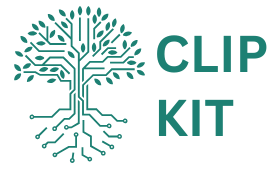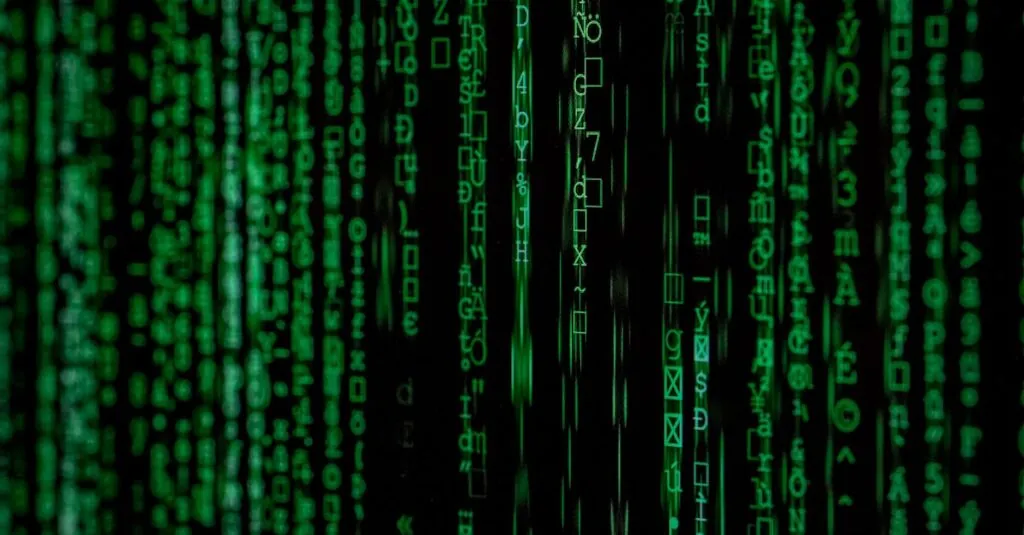Table of Contents
ToggleUninstalling software can feel like trying to break up with a clingy ex—awkward and a bit complicated. Yet, knowing how to properly remove unwanted programs is crucial for maintaining a smooth-running device. Whether it’s that overzealous game that promised endless fun or a productivity tool that turned out to be more of a productivity black hole, it’s time to reclaim your digital space.
Understanding Software Uninstallation
Uninstalling software is crucial for maintaining optimal device performance. Proper removal of unwanted programs prevents unnecessary clutter and improves overall functionality.
Importance of Proper Uninstallation
Proper uninstallation protects the performance of devices. Residual files often remain after a standard uninstall, leading to sluggish operation. Removing programs completely ensures software conflicts don’t arise. Space and resources stay available for necessary applications. Efficient management of installed programs allows systems to operate smoothly, enhancing user experience. Systems may run noticeably faster when unwanted software is eliminated.
Common Reasons for Uninstalling Software
Users may uninstall software for various reasons. A common motive involves dissatisfaction with performance, often stemming from unmet expectations. Security concerns arise when software becomes outdated or unsupported, prompting removal. Space constraints may also necessitate uninstallation, especially in devices with limited storage options. Incompatible updates can disrupt workflows, leading users to seek alternatives. Overall, managing software installations aids in retaining a streamlined digital environment.
Methods to Uninstall Software
Uninstalling software can enhance device performance. Multiple methods can simplify this process.
Using Built-In Uninstallers
Many operating systems provide built-in uninstallers for software removal. In Windows, users access the Control Panel, select “Programs,” then “Uninstall a program.” Each installed application displays, enabling easy selection of the desired program. Mac users can open the Applications folder, locate the app, and drag it to the Trash. This method ensures a straightforward removal process. Users can also follow prompts, ensuring complete uninstallation without residual files. Built-in options often maintain overall system integrity and are user-friendly.
Utilizing Third-Party Uninstaller Tools
Third-party uninstaller tools offer advanced features for software management. Programs like Revo Uninstaller and IObit Uninstaller provide robust solutions for users wanting thorough removal. These tools help eliminate leftover files, folders, and registry entries after standard uninstallations. Users often appreciate the ability to batch uninstall multiple applications simultaneously, saving time. Many of these tools come with additional features, such as software analysis and cleanup, enhancing device performance. Third-party options may be particularly useful for stubborn applications that resist traditional removal methods.
Step-by-Step Guide for Different Operating Systems
Uninstalling software varies by operating system. Here’s how to effectively remove unwanted applications on Windows, macOS, and Linux.
Uninstalling Software on Windows
Windows offers a straightforward uninstallation method. First, open the Control Panel and select “Programs.” From there, click on “Uninstall a program.” This displays a list of installed software. Users can right-click a program and choose “Uninstall” to remove it completely. For stubborn applications, using the built-in troubleshooter can provide additional support. After uninstallation, always check for leftover files in relevant directories to ensure complete removal.
Uninstalling Software on macOS
On macOS, the uninstallation process is simple. The Applications folder holds most installed software. Users can drag unwanted applications to the Trash, then empty it to finalize the removal. Some applications may include their own uninstallers, which should be followed for thorough removal. Afterwards, checking the Library folder for residual files helps maintain system efficiency. Utilizing Finder to search for related files can further ensure complete uninstallation.
Uninstalling Software on Linux
Linux systems often rely on package managers for software removal. Various distributions, like Ubuntu or Fedora, enable users to manage installed software easily using terminal commands. For instance, typing sudo apt-get remove [package_name] immediately uninstalls specified software. Graphical package managers, such as Synaptic, provide an intuitive interface for this process as well. Post-removal, verifying with commands like dpkg -l helps confirm that unwanted software is no longer installed.
Troubleshooting Uninstallation Issues
Uninstallation issues can disrupt your efforts to maintain a clean digital environment. Addressing these challenges ensures smooth device performance.
Resolving Uninstallation Errors
Error messages during uninstallation often arise from incomplete processes or corrupted files. Users should first restart their devices to clear temporary glitches. Next, utilizing built-in troubleshooters can identify and rectify problems, particularly on Windows systems. Third-party uninstaller tools also provide additional support for correcting errors and fully removing stubborn programs. For persistent issues, checking for software updates may resolve underlying conflicts. Uninstalling in Safe Mode can further simplify the process by minimizing interference from other applications.
Manual Removal of Residual Files
Residual files can linger after uninstallation, impacting overall performance. Users can manually search for leftover files by navigating to the program’s installation directory or accessing system folders in Windows or macOS. Common locations include the Program Files and AppData folders. Deleting temporary files and cache data eliminates additional clutter. On macOS, checking the Library folder helps in identifying unremoved components. Using tools like CCleaner can automate this search and provide thorough cleaning options. Regular manual checks ensure no remnants remain, optimizing device functionality.
Conclusion
Taking the time to uninstall unwanted software can significantly enhance device performance and user experience. By following the outlined methods and utilizing available tools, users can effectively manage their applications and prevent clutter. This proactive approach not only improves system efficiency but also minimizes the risk of software conflicts and security vulnerabilities. Regularly reviewing installed programs and ensuring proper uninstallation will lead to a smoother and more enjoyable digital environment. Embracing these practices empowers users to maintain control over their technology, ensuring it meets their needs and expectations.




